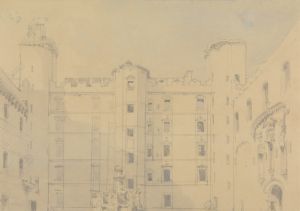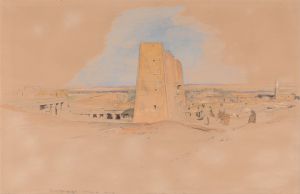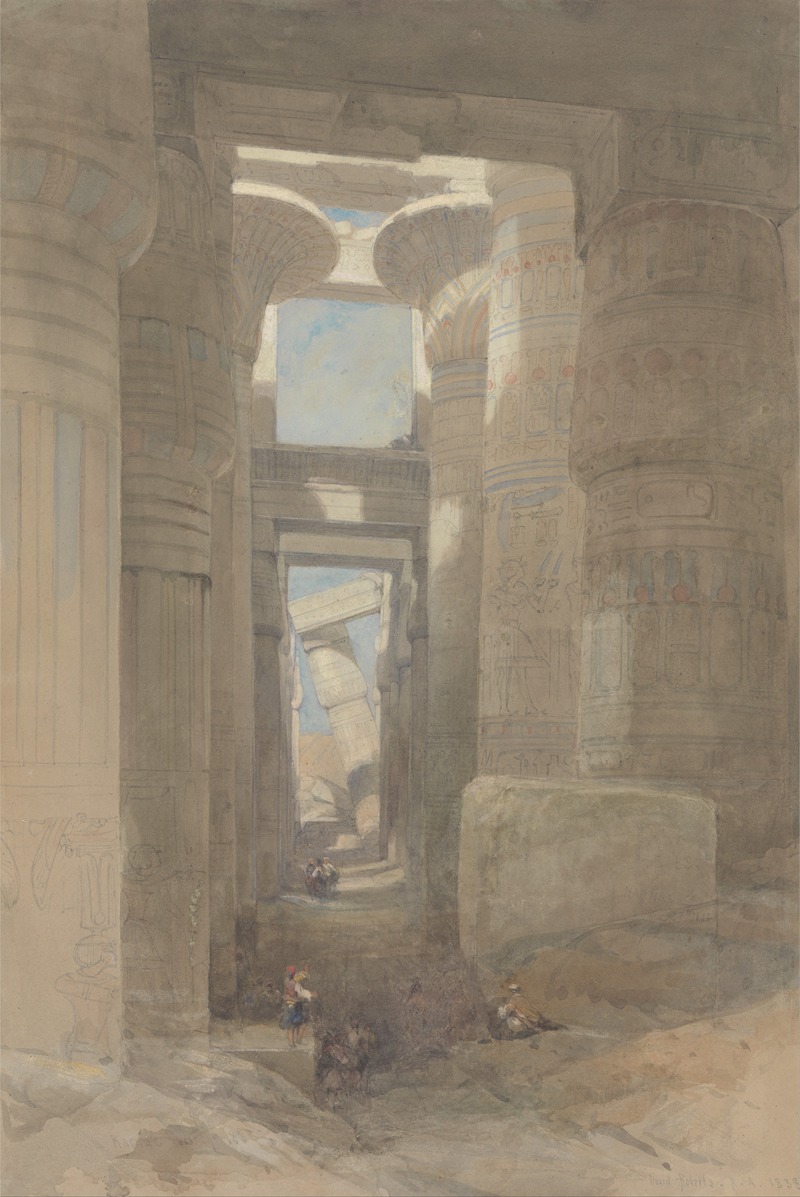
The Great Temple of Amon Karnak, The Hypostyle Hall
A hand-painted replica of David Roberts’s masterpiece The Great Temple of Amon Karnak, The Hypostyle Hall, meticulously crafted by professional artists to capture the true essence of the original. Each piece is created with museum-quality canvas and rare mineral pigments, carefully painted by experienced artists with delicate brushstrokes and rich, layered colors to perfectly recreate the texture of the original artwork. Unlike machine-printed reproductions, this hand-painted version brings the painting to life, infused with the artist’s emotions and skill in every stroke. Whether for personal collection or home decoration, it instantly elevates the artistic atmosphere of any space.
David Roberts' painting The Great Temple of Amon, Karnak, The Hypostyle Hall is a 19th-century artwork that depicts the grandeur of the Hypostyle Hall within the Karnak Temple complex in Luxor, Egypt. Roberts, a Scottish painter renowned for his detailed and romanticized depictions of architectural and historical sites, created this work as part of his extensive travels through the Middle East and North Africa during the 1830s. His paintings and lithographs played a significant role in introducing European audiences to the ancient monuments of Egypt.
The Hypostyle Hall, the subject of this painting, is one of the most iconic features of the Karnak Temple complex, which was dedicated primarily to the worship of the god Amun (also spelled Amon or Amen). The hall, constructed during the reigns of Pharaoh Seti I (c. 1290–1279 BCE) and his successor Ramesses II (c. 1279–1213 BCE) of the 19th Dynasty, is renowned for its massive columns and intricate carvings. It consists of 134 columns arranged in 16 rows, with the central columns reaching a height of approximately 21 meters (69 feet). The carvings on the columns and walls include hieroglyphic inscriptions and reliefs depicting religious rituals, offerings, and scenes of pharaonic power.
Roberts visited Egypt in 1838–1839 as part of his broader journey through the region. During his travels, he created numerous sketches and studies of ancient monuments, which he later developed into paintings and lithographs. His works were published in the multi-volume series The Holy Land, Syria, Idumea, Arabia, Egypt, and Nubia (1842–1849), which gained widespread acclaim and contributed to the growing fascination with Egyptology in Europe during the 19th century.
In The Great Temple of Amon, Karnak, The Hypostyle Hall, Roberts captures the scale and majesty of the ancient structure. The painting emphasizes the towering columns and the interplay of light and shadow within the hall, evoking a sense of awe and reverence for the architectural achievements of ancient Egypt. Roberts' attention to detail and his ability to convey the atmosphere of the site reflect his skill as an artist and his dedication to documenting the historical and cultural heritage of the places he visited.
This painting, like many of Roberts' works, serves as both an artistic masterpiece and a historical record, offering insights into the appearance of the Karnak Temple complex during the 19th century. It remains an important contribution to the visual documentation of Egypt's ancient monuments.





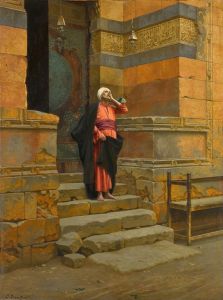
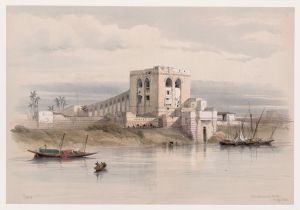
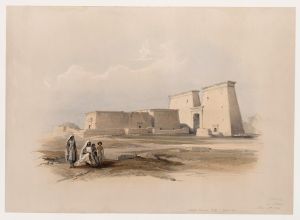
![Dendera [Dandara]. Dec. 7th, 1838.](/imgs/217475/s/david-roberts-dendera-dandara-dec-7th-1838-b9529a2b.jpg)
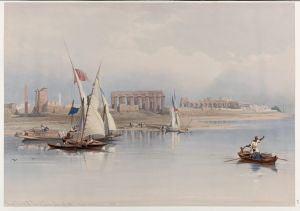
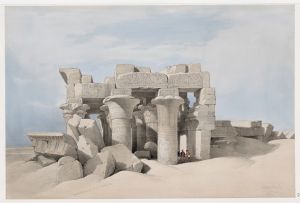
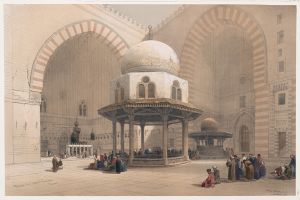
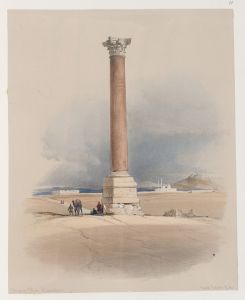
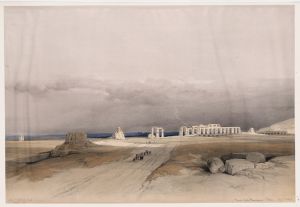
![Temple of Dandour [Dendûr], Nubia.](/imgs/217545/s/david-roberts-temple-of-dandour-dendur-nubia-8921547f.jpg)
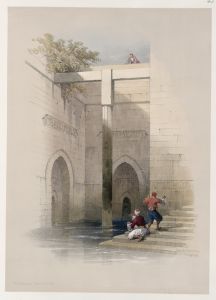
![View on the Nile looking towards the pyramids of Dashour [Dahshûr]and Saccara [Saqqârah].](/imgs/217572/s/david-roberts-view-on-the-nile-looking-towards-the-pyramids-of-dashour-dahshurand-saccara-saqqarah-6cb692fe.jpg)
